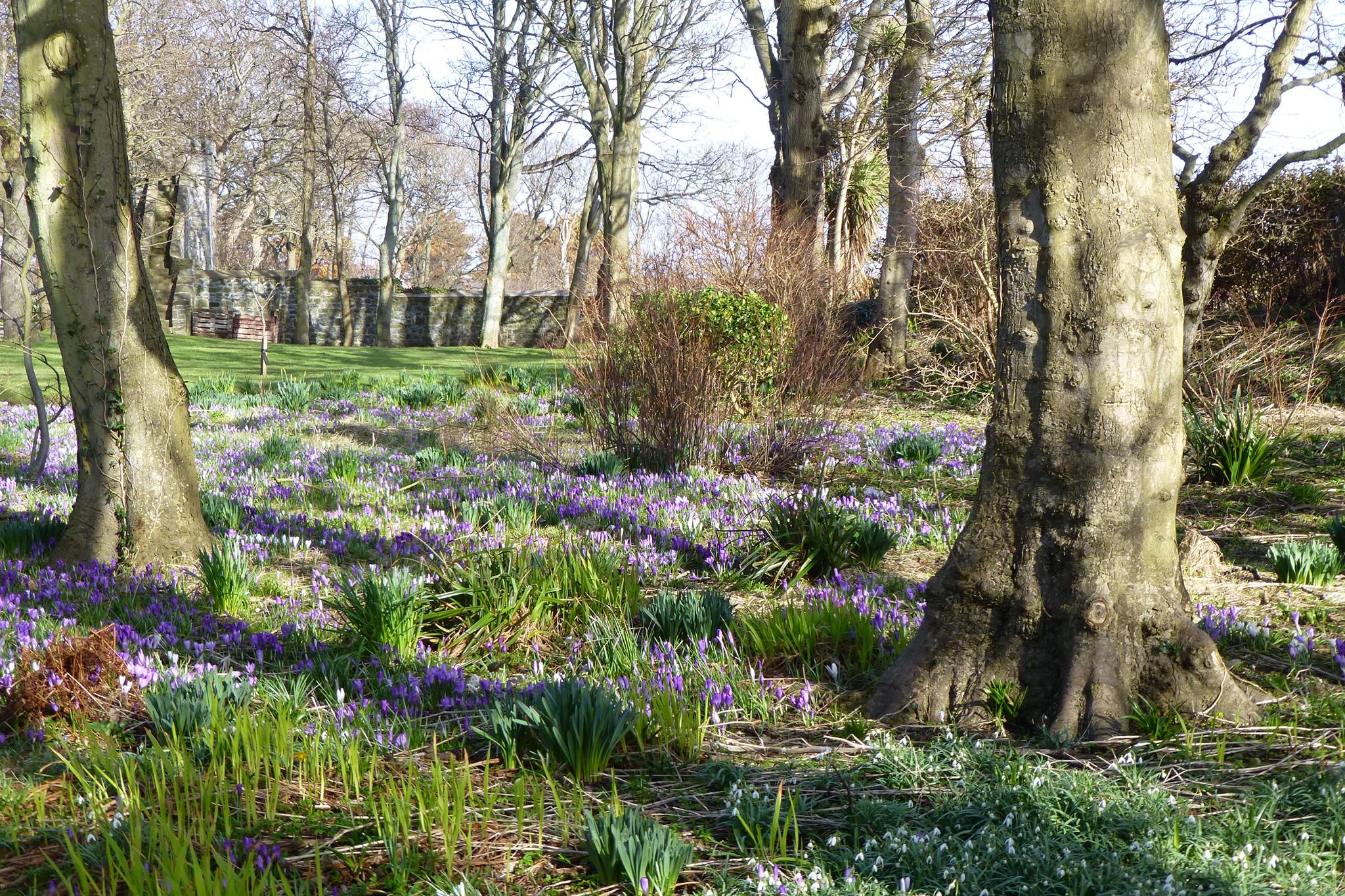
Ballaugh Plantation
A disease that affects larch trees is continuing to ravage the island’s forestry, with about 50 hectares of trees felled and sweet chestnut, beech trees and garden shrubbery plants also affected.
The government has said that 50 per cent of the island’s larch population is now infected with the disease, phytophthora ramorum, also known as sudden oak death.
Area forester Jason Bolt said: ‘Sweet chestnut, beech and shrubbery plant species in gardens such as rhododendron have also been found to be infected in the island.’
Along with Dutch elm disease, phytophthora ramorum is one of two diseases affecting the island’s trees.
In addition, the Department of Environment, Food and Agriculture remains worried about the threat of a third, ash dieback.
Senior forester John Walmsley said: ‘To date we have felled thousands of trees clear felling an area of approximately 50 hectares throughout the forest estate due to phytophthora ramorum.
‘A further 20 to 30 hectares will be felled in the coming months and plans are being drawn up to deal with the most recent infected areas identified from our 2013 aerial surveys.
‘In an effort to contain the disease, the department has been and is continuing the clearfelling of infected areas as they are identified and as soon as is practical.
‘The public are requested to follow basic precautions during the problem, such as keeping to footpaths if requested to do so, keeping dogs on leads when walking in woodland areas and cleaning footwear and their animals before visiting other sites.’
The disease could be identified in two ways, he said. Firstly, wilted, withered shoot tips with blackened needles and premature needle loss, and secondly, bleeding cankers exuding resin on the upper trunk and branches of infected trees.
He added: ‘The disease is very fast acting and can kill many of the plants it affects. Currently it’s having a significant effect on our Japanese larch trees with large numbers killed this year.
‘It’s a fungus-like pathogen that can affect a wide range of trees and other plant species. It spreads by the spores, the Japanese larch is a particularly heavy sporulater.’
He said there were no problems with mountain biking in the affected areas.
Few trees in the UK were affected until 2009, when phytophthora ramorum was found infecting and killing large numbers of Japanese larch trees in South West England.
In 2009 it was unexpectedly found infecting and killing large numbers of Japanese larch trees. This was the first time it had been found causing lethal infection on a commercially-important conifer species anywhere in the world.
In 2010 the disease was found on Japanese larches in Wales, Northern Ireland and the Republic of Ireland, and 2011 it was confirmed at locations in western Scotland.
Evidence has indicated that the disease can be spread over several miles in mists, air currents, watercourses and rainsplash.
It is impossible to ascertain when phytophthora ramorum entered Britain or where it came from, though evidence has suggested it is native to another part of the world, possibly Asia.
Other trees susceptible to the disease are northern red oak, horse chestnut, European larch and hybrid larch.
No cure has been found and there are no chemical treatments currently available that are effective against the disease.
There are some fungicides that can suppress the symptoms, but none that will kill the pathogen.
The best scientific advice is to remove and kill the living plant tissue which the organism depends on for reproduction.
In the case of infected larch, this means affected trees have to be felled or killed as quickly as possible after detection of the disease.
Phytophthora ramorum has been found in nurseries in a number of other countries, including Belgium, Czech Republic, Netherlands, Denmark, France and Italy.
Source:
This article was published by the Isle of Man Newspaper on 15th October 2013 and can be found here.



